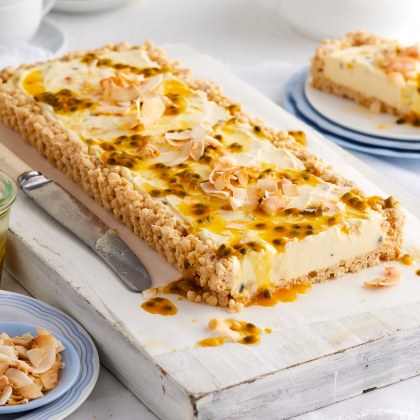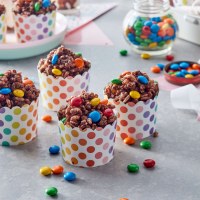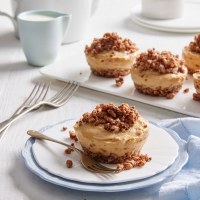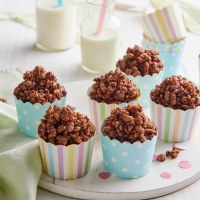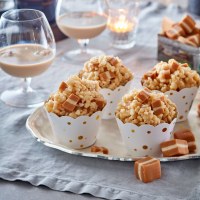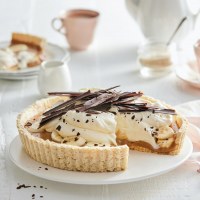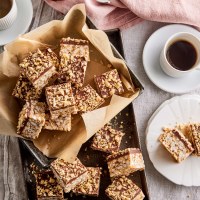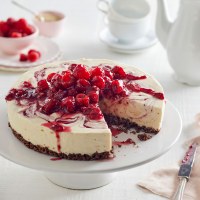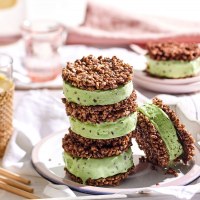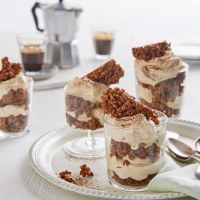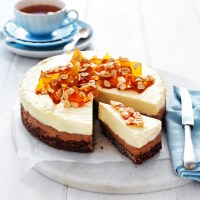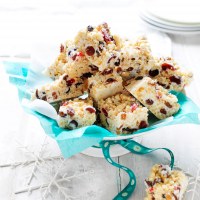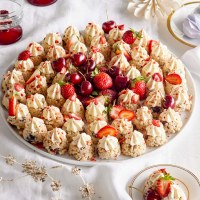What is Copha?
If you’re a parent, chances are you’ve cooked with Copha. It’s a key ingredient in that much-loved staple of children’s birthday parties – chocolate crackles. But what is it exactly? Essentially, it’s a coconut oil-based vegetable shortening that’s perfect for cooking.
What is vegetable shortening?
Vegetable shortening is a solid fat that comes from liquid vegetable oils, such as coconut, soybean or cottonseed. Copha is made from 99% coconut oil and less than 1% soy lecithin to improve shelf-life, making it suitable for vegetarians and vegans. Copha is also dairy-free, palm oil-free, contains no gluten and is very economical.
What is the difference between Copha and butter?
It comes down to the composition. Butter naturally contains water, about 20%, whereas shortening is 100% fat – it has low-to-no water content and is more economical. When it comes to baking, shortening’s fat content has the ability to trap more air bubbles. Why is this important? Because it means your biscuits will hold their shape, your cakes will rise a little higher and the texture of your brownies will be lighter.
Do you need to refrigerate Copha?
It's best to store Copha in the fridge, but Copha’s unique qualities mean it sets to a solid quickly at room temperature – and stays that way – even on a warm day. When serving your finished creations, you can be sure that your Copha crackles and frosting won't melt even at room temperature.
Butter vs shortening for icing and frosting
Butter is yellow and Copha is white, so if you’re after pure white frosting or icing then Copha is your best bet. Simply add icing sugar, vanilla extract and a dash of boiling water. Get the full recipe and tips for making Pure White Frosting. Also, seeing as it’s shelf-stable it means your creamy frosting won’t melt, which is a possibility if you use butter or margarine.
What does Copha taste like?
Nothing. It’s the perfect bland blank canvas for cooking. Even though it’s made from coconut oil, it has no smell and you can’t taste it in the final product.
What does Copha do to chocolate?
It makes it easier to work with. When melting chocolate, add a tablespoon of Copha to help it melt evenly, give you a velvety texture and impart a little sheen. Then, once it’s set, the Copha will help the chocolate from cracking so if you’re making a slice you can cut neat little squares with even edges.
What can you cook with Copha?
It’s ideal for no-bake and melt, mix and set recipes such as cheesecake bases, slices and chocolate-loaded rocky road. These easy recipes are also perfect for budding mini-MasterChefs. Find lots of Copha recipes below, from classic bake sale Chocolate Crackles, to celebration cheesecakes and adorable White Crackle Snowmen for Christmas.
GET THE RECIPE: Caramilk Cheesecake Crackle Slice by Copha
This caramelised white chocolate cheesecake is irresistible with the crunchy Caramilk crackle base. Smooth and creamy on top, crunchy at the bottom, one slice is never enough!
GET THE RECIPE: Coconut Ice Crackle Slice by Copha
This nostalgic childhood favourite gets a chocolatey upgrade with a layer of chocolate crackle.



